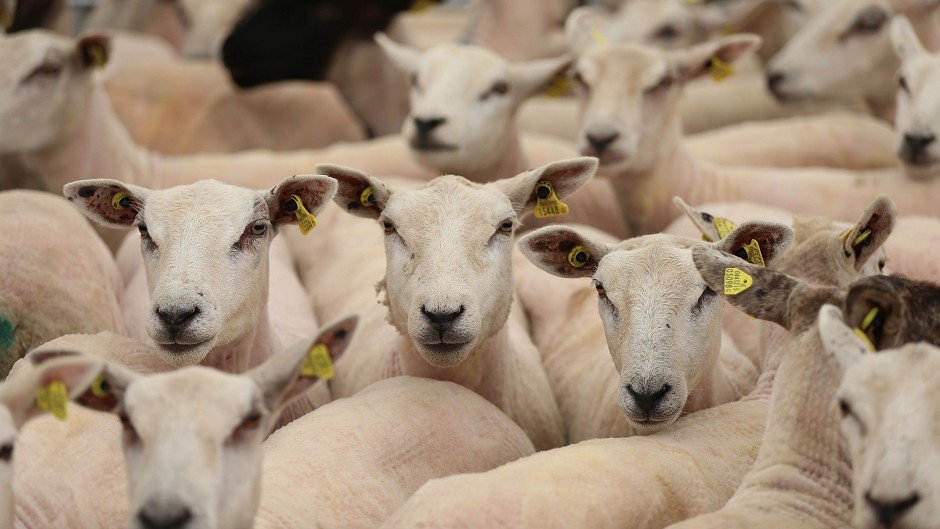Four in five sheep flocks have been exposed to an abortion-causing parasite, according to MSD Animal Health.
The animal health firm says analysis of blood samples from 500 UK sheep farms, taken in 2014, reveals more than 81% of flocks showed evidence of exposure to the parasite toxoplasma gondii.
The parasite is the key cause of toxoplasmosis which causes barrenness as well as infectious abortion in sheep.
The blood tests also revealed that 52% of flocks had been exposed to the chlamydophila abortus bacteria, which causes enzootic abortion.
In addition, 43% of the flocks tested showed exposure to both organisms.
MSD technical manager John Atkinson said: “These latest diagnostic results highlight the continuing widespread prevalence of these financially damaging diseases in the national flock and we urge all sheep producers to discuss their individual farm situation with their vet, well in advance of the autumn tupping season.
“Toxoplasmosis can cause abortions, barrenness, reabsorptions, mummified foetuses, stillbirths and weakly lambs. Sheep pick up the infection from the environment and so normal biosecurity measures are not enough to control the disease. Infected cats shed toxoplasma eggs in their faeces and sheep become infected when they ingest these eggs from contaminated pasture, feed and water.”
He said chlamydophila abortus bacteria was normally brought on-farm through replacements and passed on from ewe to ewe at lambing time.
“If an unvaccinated ewe is infected she will more than likely abort in the next pregnancy. Vaccination of already infected ewes reduces the risk of abortion and bacterial shedding thus reducing the chance of transmission to their lambs and the rest of the flock,” he added.
Sheep producers with a recorded flock barren rate higher than 2% are advised to speak to their vet for advice.
